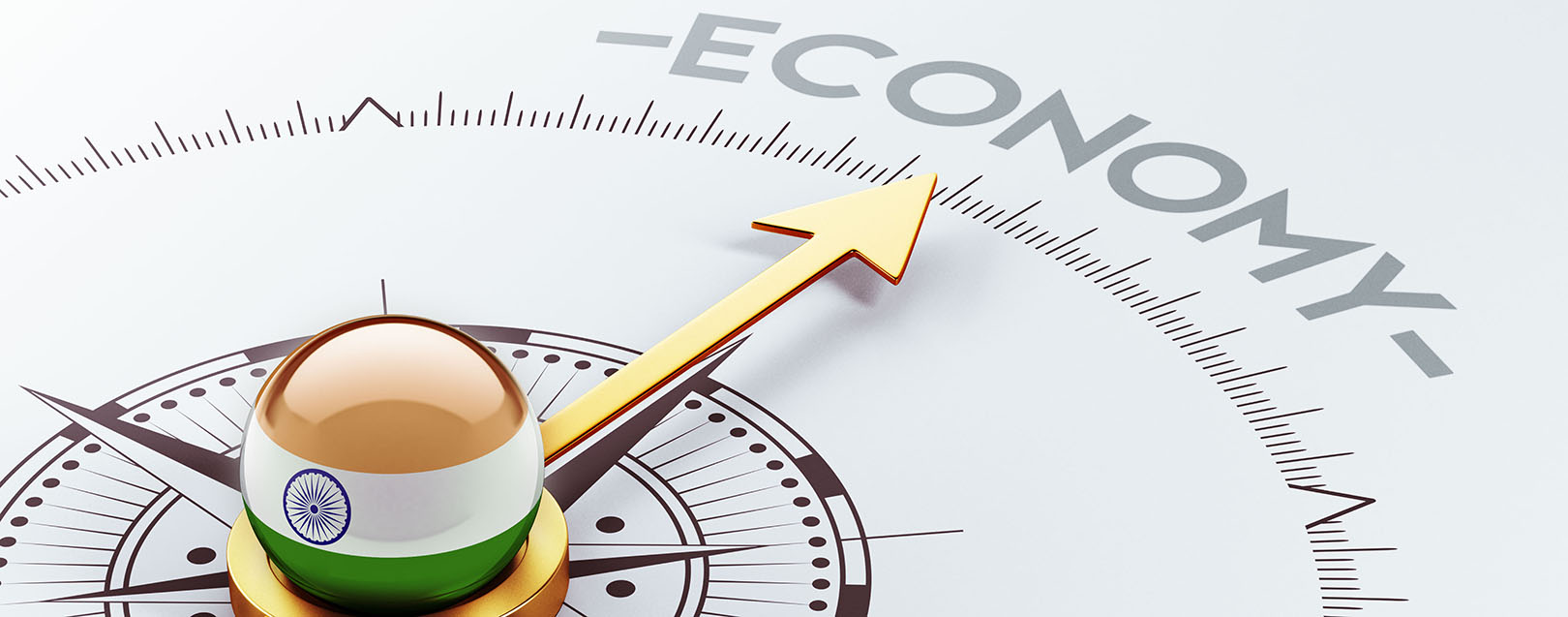How the Indian Economy is Expecting a Boost in Coming Years
By Aveek Pal Chaudhuri

The United Nations presented a report on India’s economic growth for the fiscal year 2020, where it said it is projected that there will be a growth of 7.1 percent due to strong domestic consumption and investment. A report released by the World Economic Situation and Prospects said that the Indian Economy generates two-thirds of the regional output in South Asia which increased by 7.2 percent in 2018.
While India has emerged as the fastest growing major economy in the world, and is expected to be one of the top three economic powers over the next 10-15 years, backed by its strong democracy and partnerships (according to IBEF report), India has retained the position of third largest startup base in the world with over 4,750 technology startups. As the Indian population is on a rise like never before, India’s labor force is expected to touch 160-170 million by 2020. The labor force participation will increase and with that, there will be an increase in the higher education enrolment (according to a study by ASSOCHAM and Thought Arbitrate Research Institute).
On February 01, 2019, Union Minister for Finance, Corporate Affairs, Railways and Coal, Government of India, Mr. Piyush Goyal announced the interim Union Budget for 2019-20 and said that it focuses on supporting the needy farmers, economically less privileged, workers in the unorganized sector and salaried employees. It will continue with the Government of India’s push towards a better physical and social structure. The total expenditure mentioned in the budget for 2019-20 is at Rs 2,784,200 crore which is an increase of 13.30 percent from 2018-19. Now the election results are out, the Indian Government will continue the developments mentioned in the budget for the best.
Prime Minister Mr. Narendra Modi’s initiatives - Make in India and Digital India are also giving the manufacturing industry a boost to increase productivity. From the current 17 percent GDP of the manufacturing industry, the Government plans to take the GDP to 25 percent in the coming years. The Digital India movement is also fetching some rewarding benefits through the creation of digital infrastructure, delivering services digitally and increased digital literacy.
Some of the recent initiatives taken by the government of India as the National Policy on Software Products (introduced in February 2019), holds the key towards heavy economic growth of the country and make India a leading software hub in the world. Other initiatives like Prime Minister’s Employment Generation Programme (PMEGP) will continue adding numbers to the Indian economy.
The future of Indian economy looks impressive as India’s gross domestic product (GDP) is expected to reach US$ 6 trillion by FY27 and achieve upper-middle income status on the back of digitization, globalization, favorable demographics and reforms. It is also predicted that India’s revenue receipts will touch to Rs 28-30 trillion in 2019. India’s exports are adding value to the revenue as around half of exports are destined for fast-growing Asian markets. However, there is a chance of major breakdown in economic development due to the weak structure of the global economy. There is also a chance of trade disputes among the world’s largest economies that could delay the economic development process.


